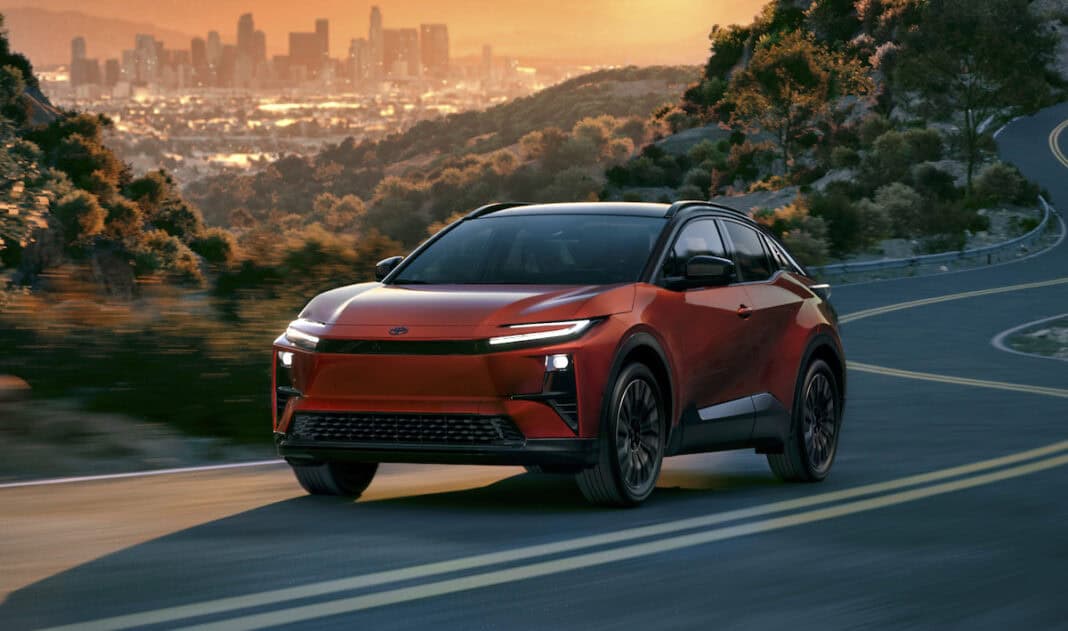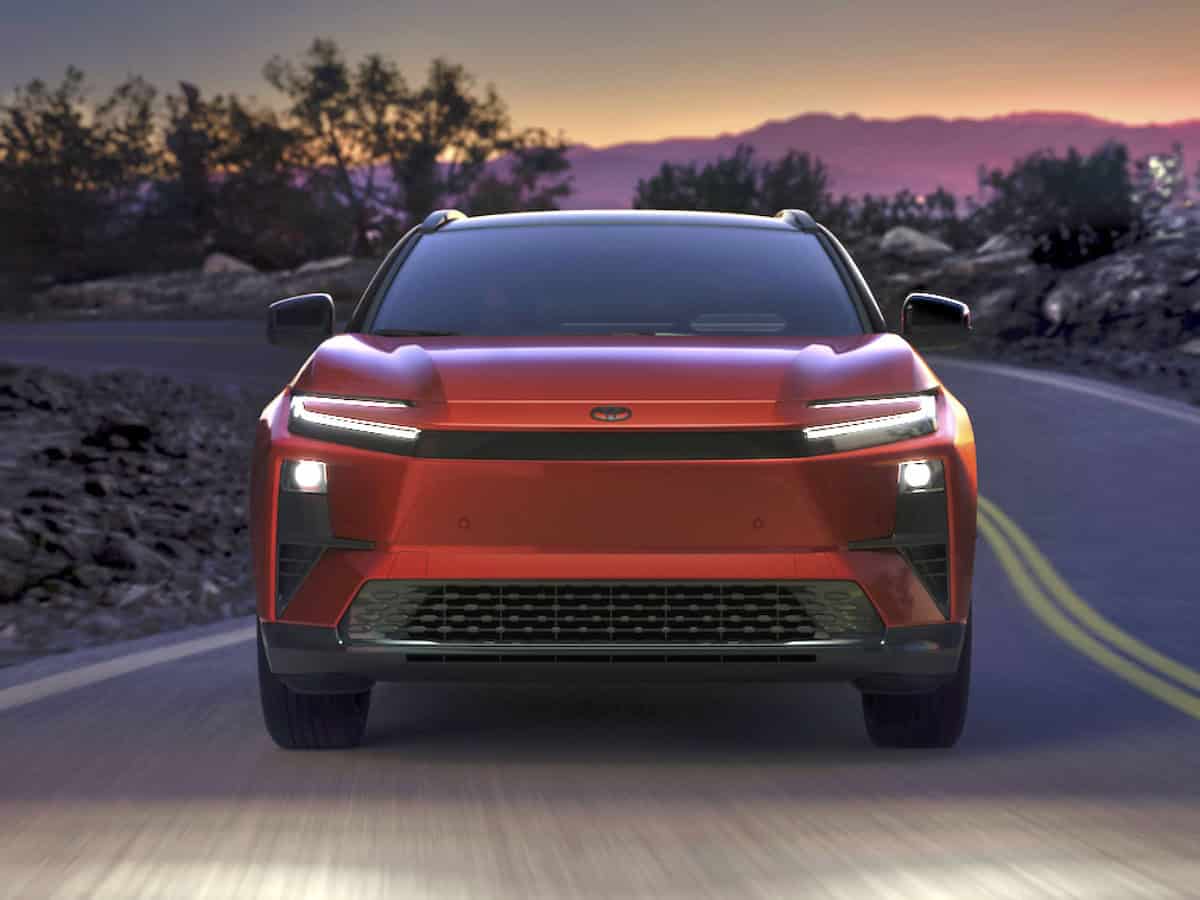With concept-inspired looks, a coupe-like profile, and an electric powertrain lineup, Toyota’s redesigned crossover isn’t trying to blend into traffic. Built in Europe and aimed at urbanites who want something different, the new C-HR makes a clear statement: if you want boring, look elsewhere. However, it’s not a safe bet, so will it pay off with North Americans?
Looks More Concept Than Crossover
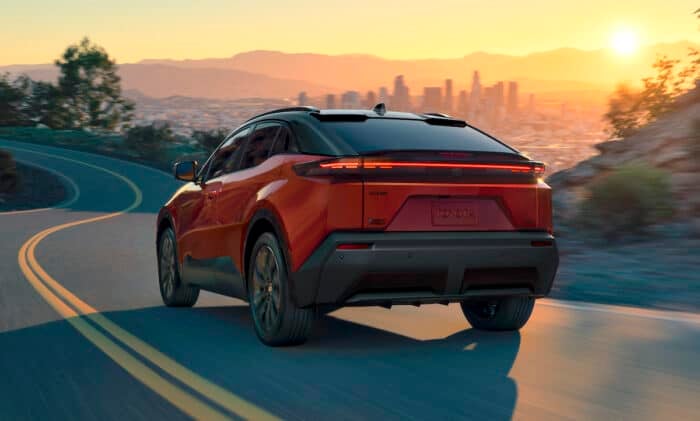
The 2026 Toyota C-HR isn’t just a refresh but more of a reset. Designed and built in Europe, the second-gen C-HR ditches conservative design language for sharp lines, better-looking creases, and coupe-like styling that looks more like a concept car than a commuter crossover. Frankly, it’s less of a watered-down version of a sleek prototype, almost identical to the C-HR Prologue Concept shown in late 2022, which is rare in production vehicles, especially in the subcompact segment. We didn’t mind the concept styling from 2015, either.
“It’s edgy, battery electric, and visually loud in a sea of lookalike compact SUVs. But that’s also why it could succeed.”
But it’s clear Toyota wants to make a statement here. The available two-tone color scheme with a black rear quarter that cuts into the roofline is aggressive, if not polarizing. And the flush door handles? Not something you usually see on a CUV with a Toyota badge. Inside, it’s cleaner and more upscale than the last version, with an available 12.3-inch display, ambient lighting, and a more driver-focused cockpit.
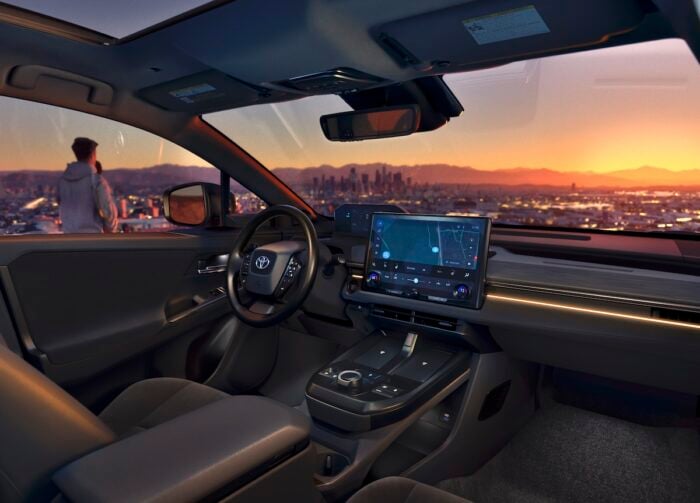
It’s tech-forward, with wireless Apple CarPlay and Android Auto, over-the-air updates, and Toyota’s latest Safety Sense 3.0 suite standard. But even with all that, it’s the design that hits hardest; it’s not trying to blend in, and that alone sets it apart for those who want something more funky.
All Electric, No Compromises
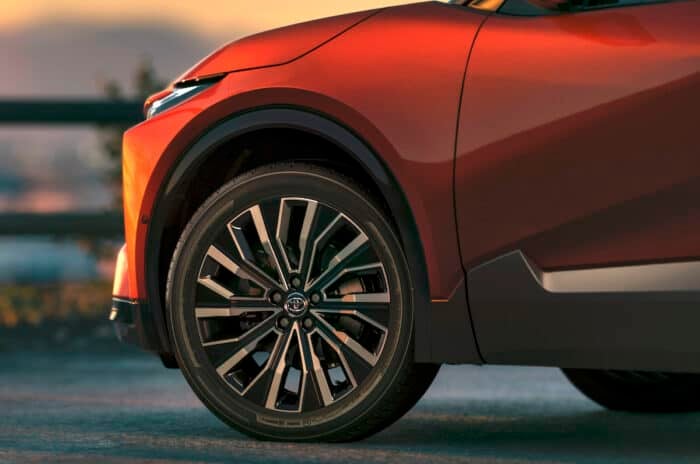
- Powertrain: Dual electric motors (AWD standard)
- Platform: e-TNGA
- Horsepower: 338 hp (combined system output)
- Battery: 74.7-kWh liquid-cooled lithium-ion
- Estimated Range: Up to 290 miles
- 0–60 MPH: Approximately 5.0 seconds
- DC Fast Charging: 10–80% in ~30 minutes (NACS port)
Here’s where things get interesting. The new C-HR returns to North America as a fully electric vehicle—no gas version like we tested in 2018, no hybrid, no plug-in options this time around. Built on Toyota’s e-TNGA platform, it comes standard with dual electric motors and all-wheel drive, making a combined 338 horsepower. Power comes from a 74.7-kWh lithium-ion battery, delivering an estimated 290 miles of range (or just shy of 500 km). It also supports DC fast charging via the NACS port, an 11-kW onboard AC charger, and Plug & Charge capability.
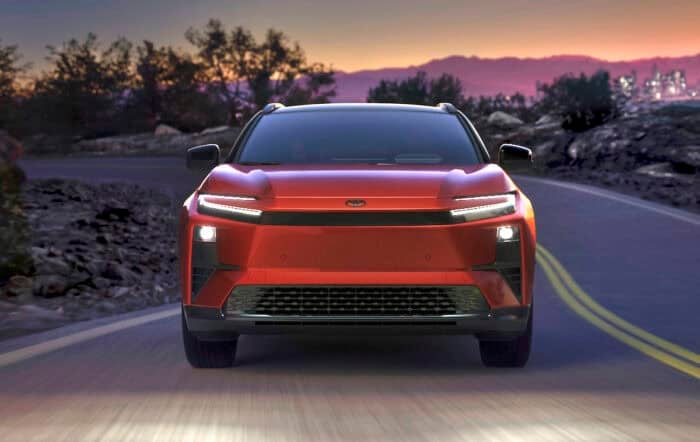
This electric-only approach puts the C-HR on a short list of subcompact crossovers doing something different. It’s not trying to be the cheapest. It’s not aiming for all-weather trail toughness like Subaru’s new Trailseeker. It’s leaning into urban flair, fuel efficiency, and tech. That won’t appeal to everyone, especially drivers who want AWD across all trims or traditional powertrains (like the Subaru, where it’s standard), but that’s the point: it’s not playing it safe. Toyota has enough mainstream offerings to cover that.
A Risky Move That Might Just Work
The 2026 Toyota C-HR won’t be for everyone and Toyota knows it. It’s edgy, battery electric, and visually loud in a sea of lookalike compact SUVs. But that’s also why it could succeed. In a segment often defined by bland, do-it-all vehicles, the new C-HR takes a styling risk. It’s for urban drivers who want style over size and personality over utility. Whether it becomes a hit or not, Toyota’s small crossover here wasn’t designed to be parked quietly in the corner.

